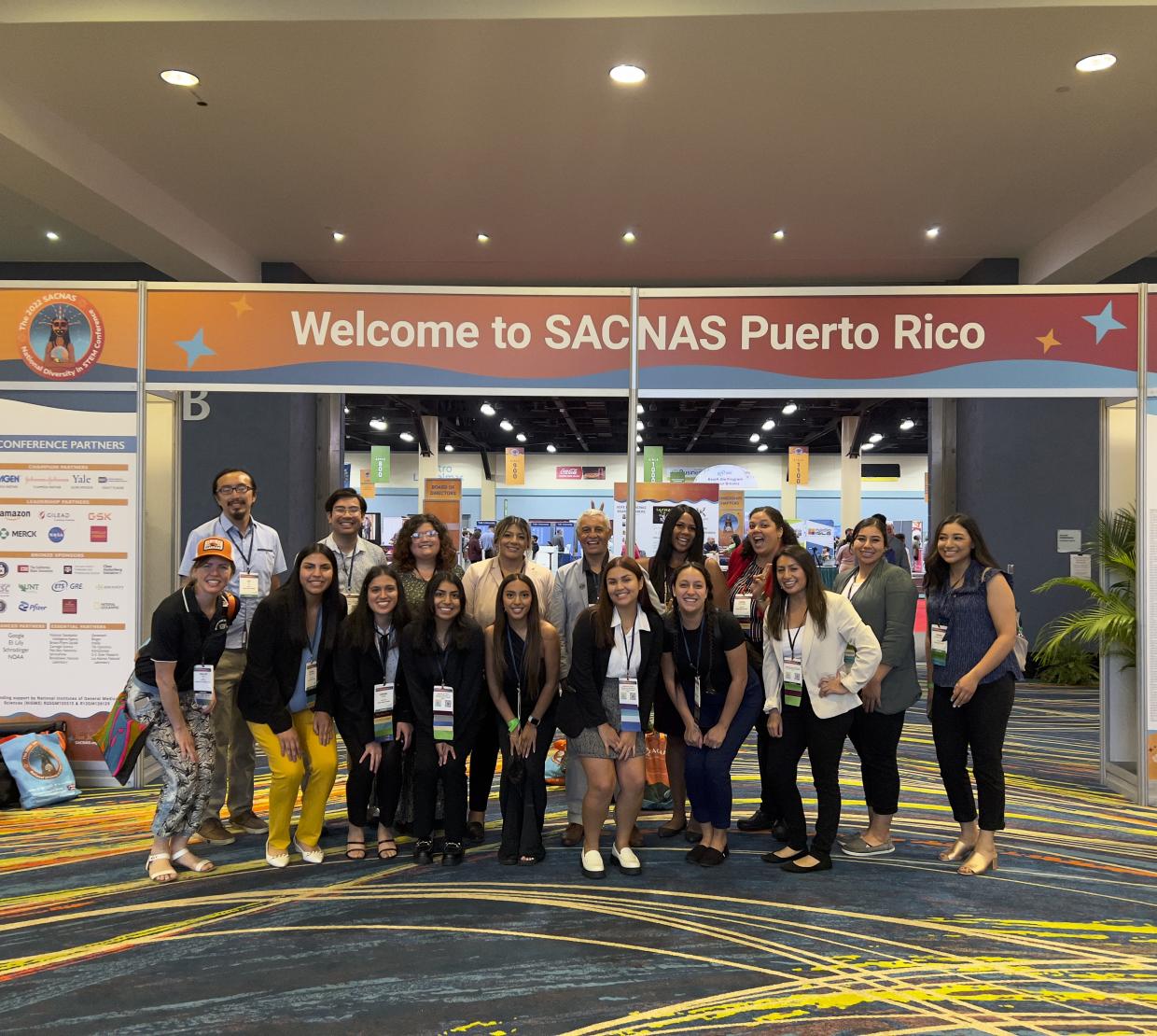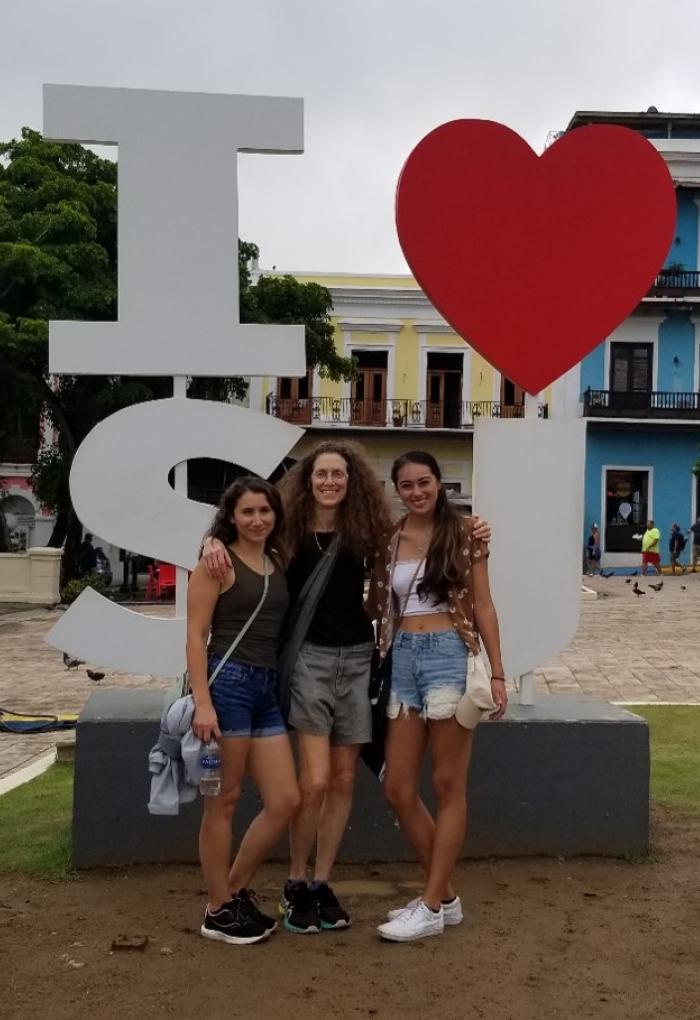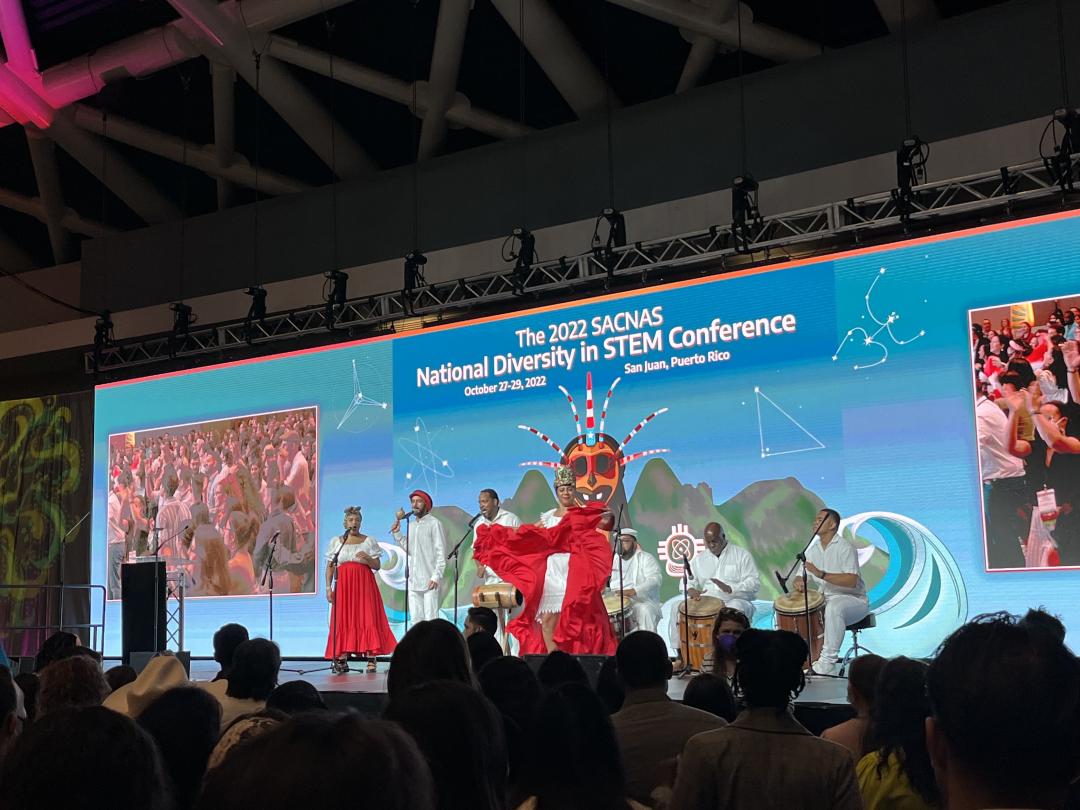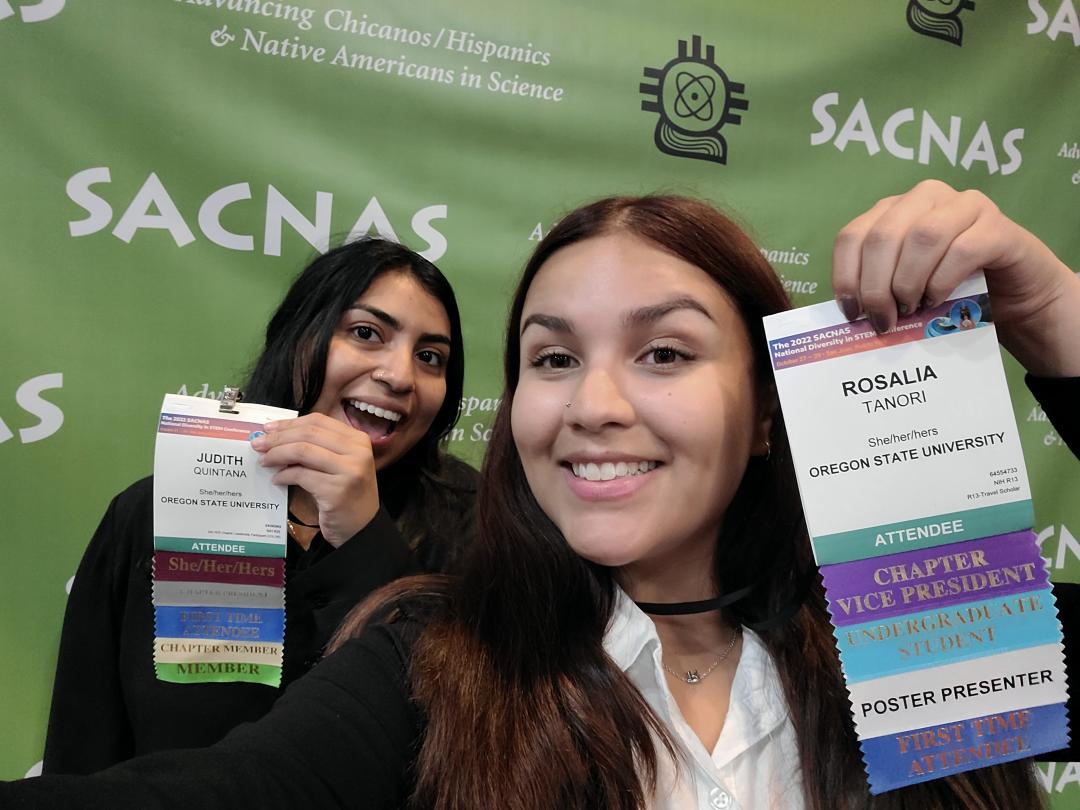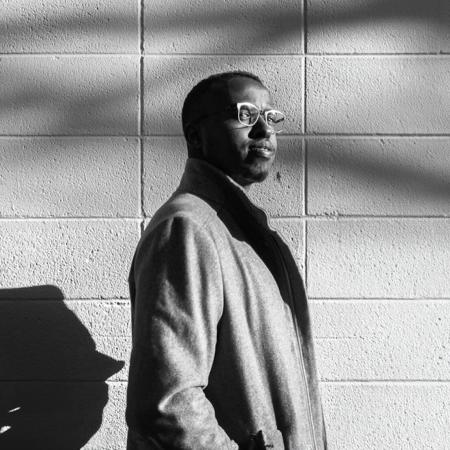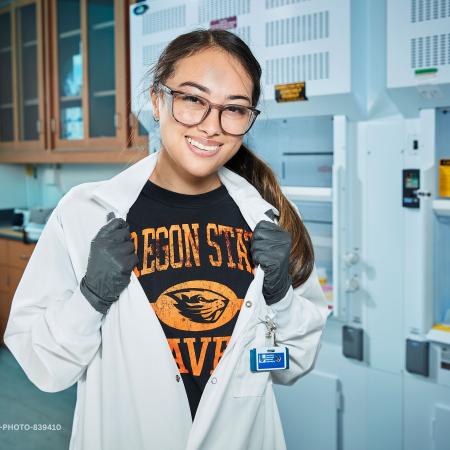Students from Oregon State University along with thousands of other attendees from across the nation were welcomed to the National Diversity in STEM (NDiSTEM) Conference last term. The event was built to serve as a reminder that culture and science are not mutually exclusive or contradictory. NDiSTEM asserted that science is not a place to shed culture, but a place where it should thrive.
The Society for Advancement of Chicanos/Hispanics and Native Americans in Science, more commonly known as SACNAS, hosted the conference in San Juan, Puerto Rico on Oct. 27, 2022. Attendees ranging from college students to professionals gathered to empower minorities in science fields, and the Oregon State chapter of SACNAS — in addition to other Oregon State students — spent a weekend immersed in all the conference had to offer. Keynote speakers and lessons on the culture of Puerto Rico characterized the event and echoed the celebration of identity at its core.
“To embrace culture in science is to embrace yourself,” said Adriana Perez, an undergraduate student and a Community Representative of the Oregon State SACNAS chapter. Perez conducts outreach on the chapter’s behalf and is currently working to increase its membership. “It was really nice to see that the conference was a safe place where we can all embrace our culture and not be boxed in.”
As the first in-person NDiSTEM conference since 2019, anticipation swelled leading up to the event.
"If it weren’t for this conference and this symposium, I wouldn’t have known the opportunities available to me."
Rosalia Tanori, the vice president of SACNAS at Oregon State, started her fourth year of college in 2022 having never attended a SACNAS conference due to the pandemic. When the opportunity arose, she described herself as “Excited, excited to see where the conference would lead me with possible career options or graduate schools or networking.”
For others, the return of the in-person conference brought welcomed familiarity. As an undergraduate student at New Mexico Highlands University uncertain on what to pursue in 2019, Jenna Bustos found clarity through SACNAS. Bustos currently studies radiochemistry — the study of radioactive isotopes, including actinides and technetium — as a graduate student at Oregon State University, and her passion for her field emerged from the 2019 NDiSTEM conference.
“I went to the SACNAS conference to network and explore grad school options. When I was there I met Professor May Nyman, who is here at Oregon State University, and she invited me to this symposium talking about actinide science,” she said.
Coincidentally, both Professor Nyman and Bustos would return to the conference three years later. After an internship studying radiochemistry over the summer of 2022, Bustos was invited to give a talk on the field and her internship experience at the 2022 NDiSTEM conference.
“It was kind of surreal sitting there, making my presentation. I talked about how I started at SACNAS, and that’s what basically led me here,” she said. “It was this full-circle thing for me, getting to represent OSU and discuss research opportunities available to these underrepresented students. If it weren’t for this conference and this symposium, I wouldn’t have known the opportunities available to me.”
